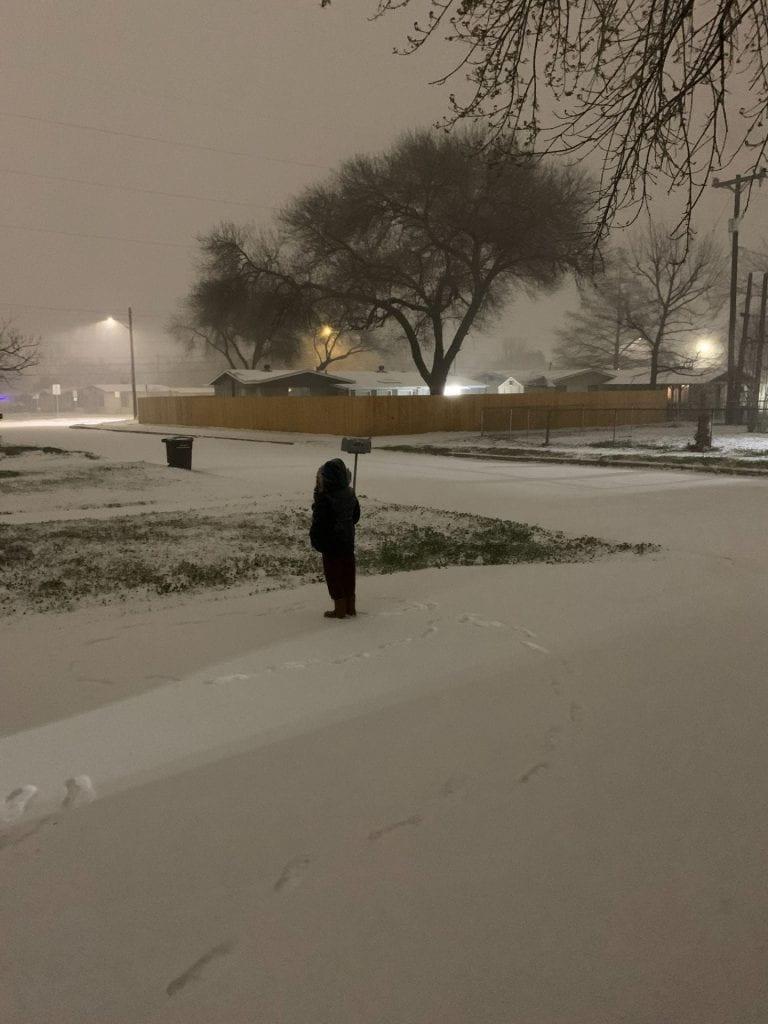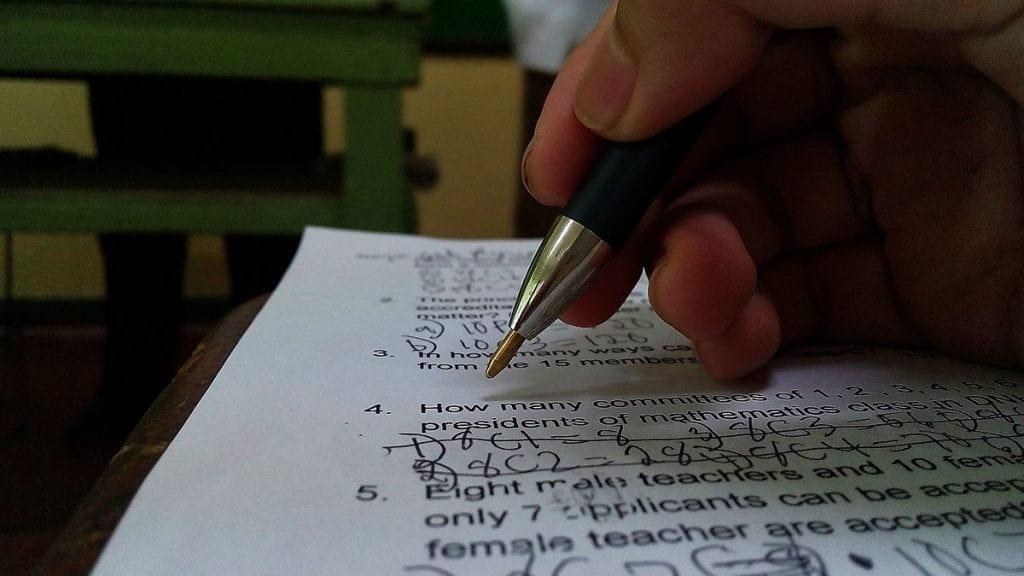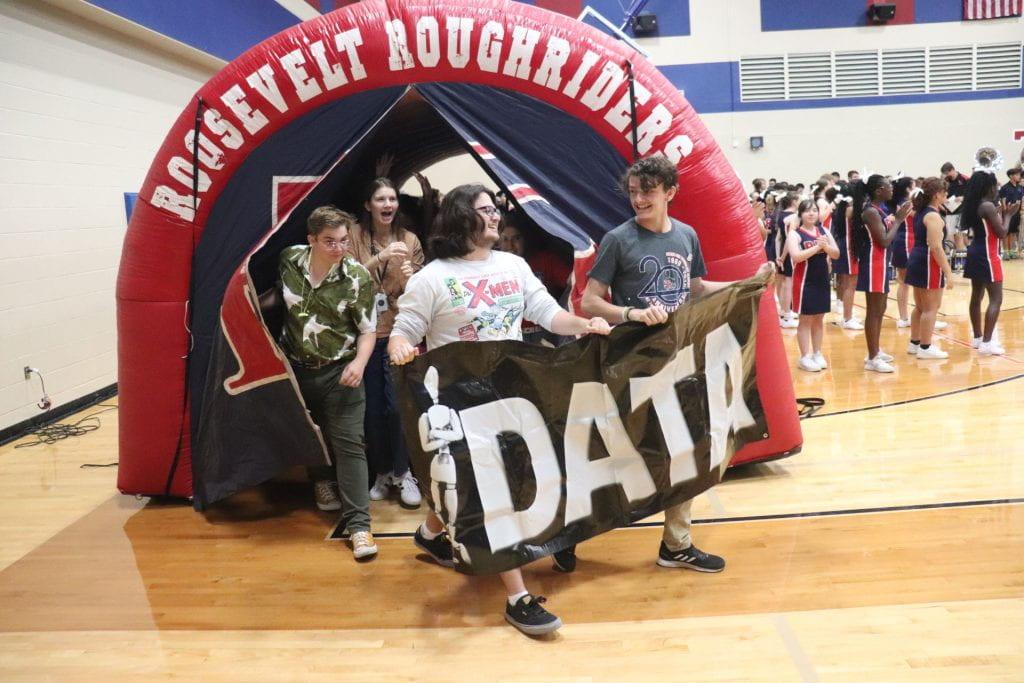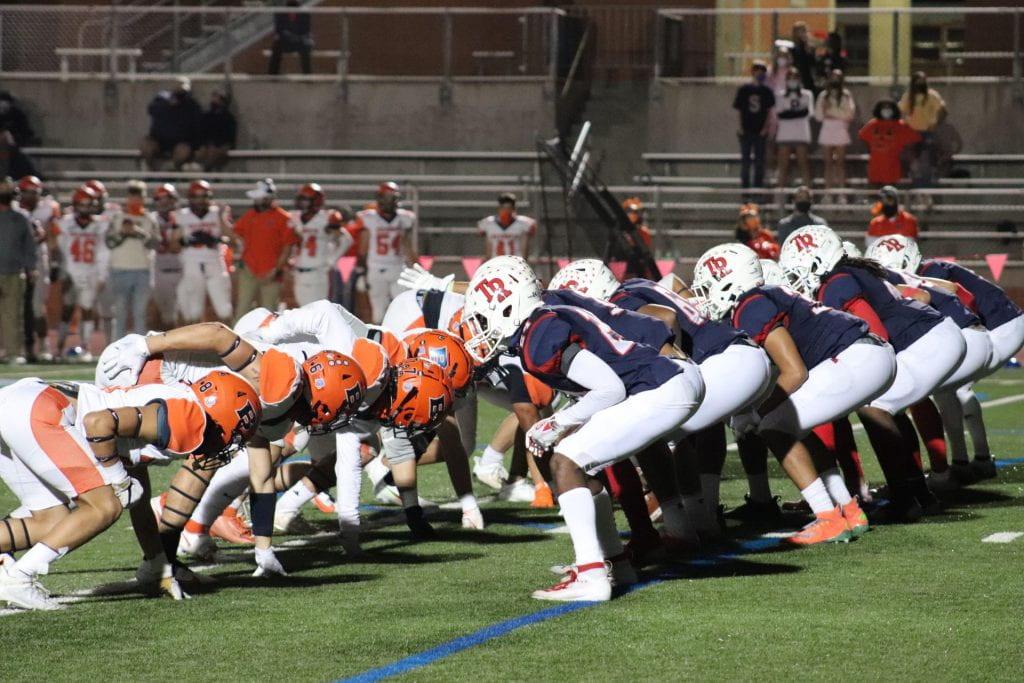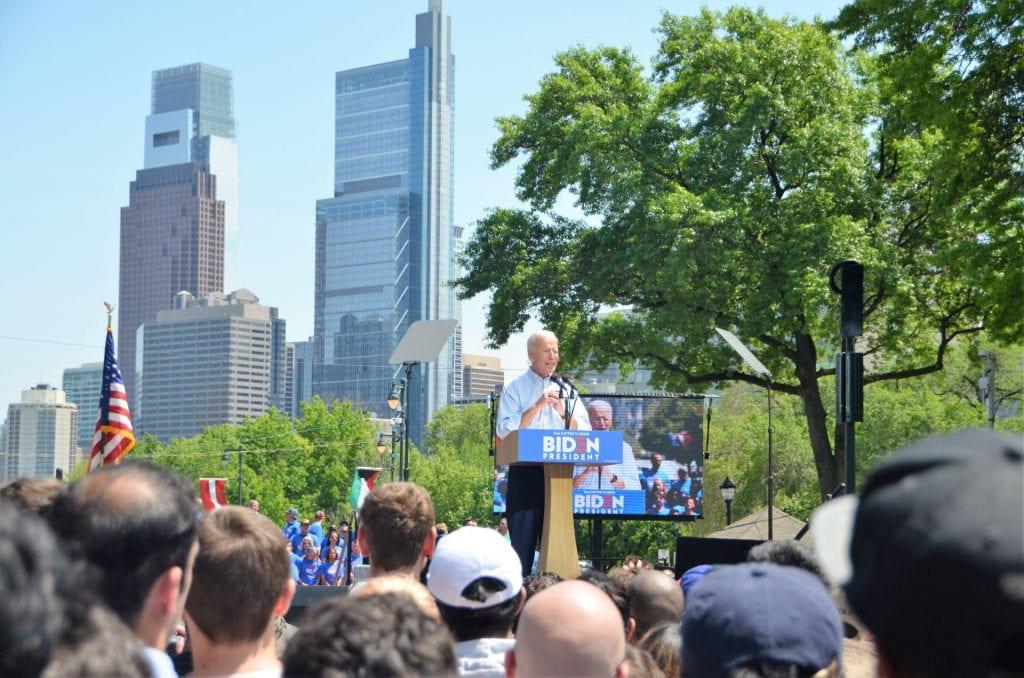By Juan Villanueva | Big Stick Editor |

On the morning of March 12, most clocks around America once again turned from 1:59 AM to 3:00 AM, and the only reason —Daylight Saving Time.
As a tradition that begins every second Sunday in March, every spring, clocks “spring forward” an hour. This is done in order to do as the name suggests and save daylight and energy by making evenings longer.
While Daylight Savings was first used in 1908 by Canadians, it was later popularized by Germans during World War I in 1916. DST did not step onto American grounds until 1918 when the Standard Time Act was implemented however, it was repealed the following year. It later returned World War II from 1942-1945 with the War Time Act.
It was not until 1966 that DST was made official when the Uniform Act of 1966 was passed and declared that DST would begin on the last Sunday in April and end on the last Sunday in October. Since then, it has continued to be expanded in 1974 and later in 2007 to it now beginning the first Sunday in March and ending the first Sunday of November.
While many may agree that Daylight Saving Time is a controversial subject often talked about, the real question is not in how Benjamin Franklin came to have the idea for DST or why he wanted to save candles. The question lies in how efficient the implementation of DST is.
Research conducted by Matthew J. Kotchen and Laura E. Grant in 2011 for the National Bureau Of Economic Research revealed that daylight savings time did the exact opposite of what DST is supposedly to do. The study took place in the state of Indiana where DST is a controversial topic because of the state importance of agriculture. In the end, the results revealed that DST was costing Indiana just a few million dollars more in electricity.
“We find that the policy costs Indiana households an average of $3.29 per year in increased electricity bills, which aggregates to approximately $9 million over the entire state,” Kotchen and Grant said. “We also calculate the social costs in terms of increased pollution emissions, and these estimates range from $1.7 to $5.5 million per year.”
A second research by the Austin C. Smith of the University of Colorado found that DST “disrupts sleep schedules and reallocat[es] ambient light from the morning to the evening.” Essentially, Smith found that DST increased chances in individuals being involved in automobile crashes.
In the end, neither research are complete valid, given different circumstances all throughout the nation, however; one could argue the same about Daylight Savings Time actually saving Americans money on their electricity bills.
While November 5 may be a long way to go and Daylight Saving Time does explore benefits for farmers such as longer daylight for more farming, it’s never too early to fall back to the past where Daylight Saving Time does not exist. This would mirror the steps that Arizona and Hawaii have already taken as these states do not observe Daylight Saving Time.

